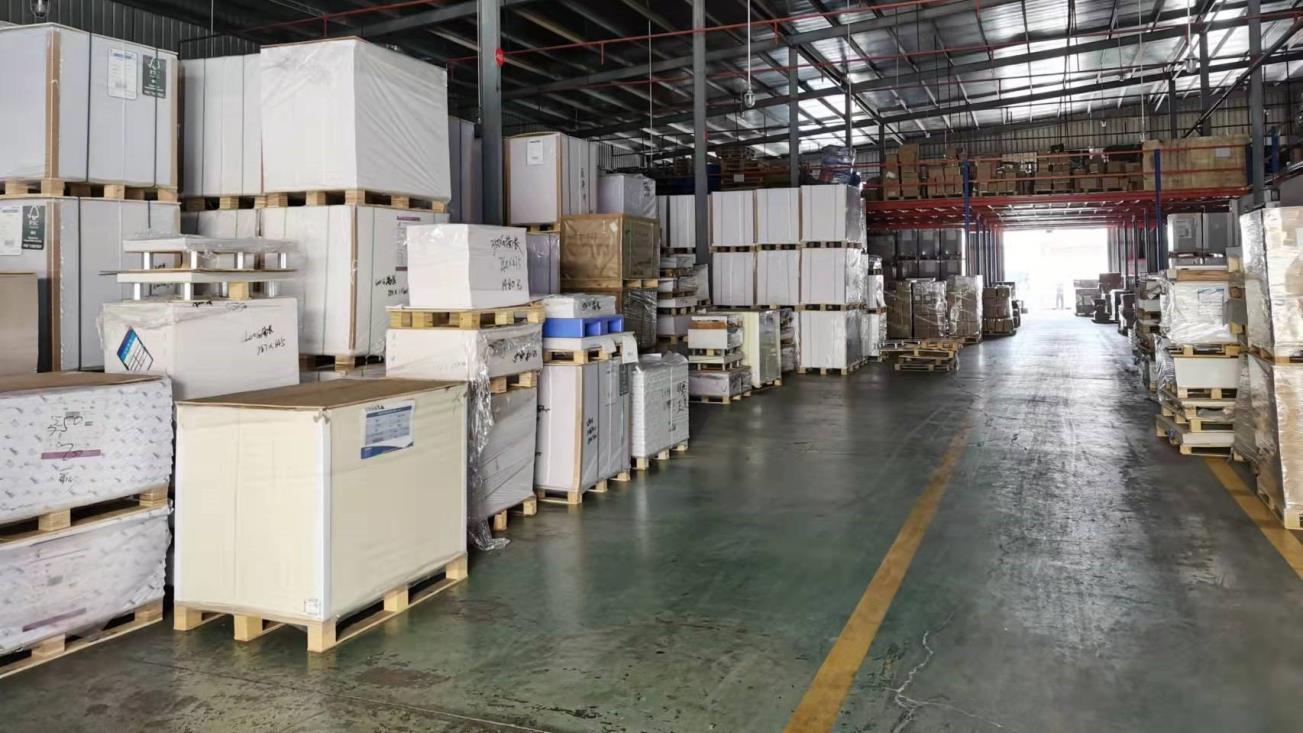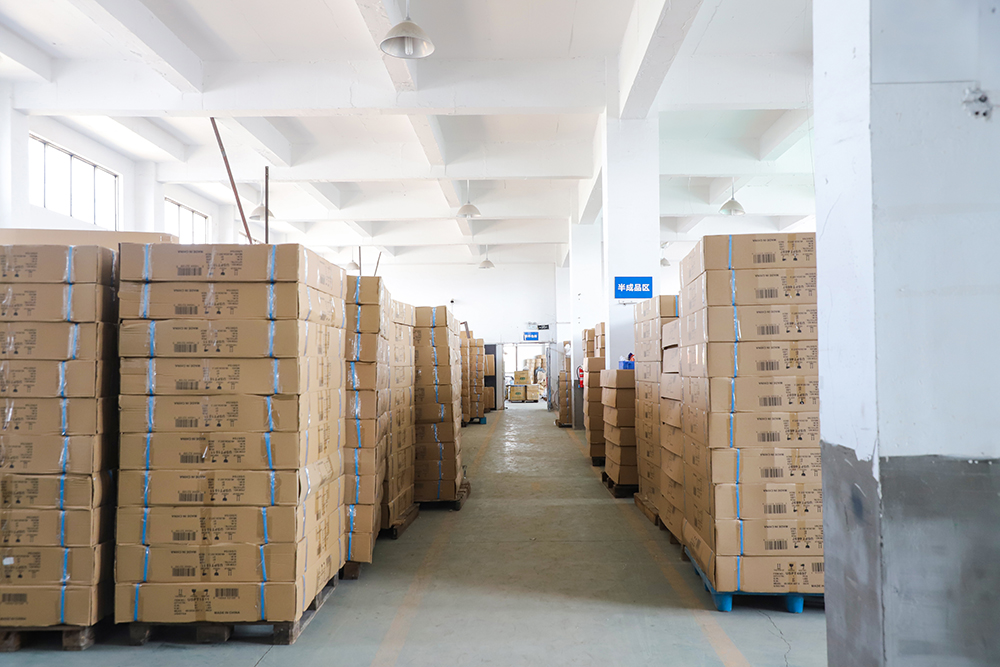Wool blankets are a type of blanket made from natural wool fibers, typically sourced from sheep but sometimes from other animals such as alpacas or goats. Wool is a popular material for blankets because of its numerous beneficial properties, including warmth, softness, durability, and moisture-wicking abilities. Here are some key features and benefits of wool blankets:
- Warmth: Wool is known for its excellent insulating properties. It traps air within its fibers, providing natural warmth, making wool blankets an ideal choice for colder weather.
- Moisture-Wicking: Wool can absorb and release moisture while retaining its insulating properties. This means it can help regulate body temperature and keep you comfortable by wicking away sweat or moisture.
- Breathability: Wool is breathable, allowing air to circulate through the fibers, preventing overheating and promoting better sleep.
- Durability: Wool blankets are long-lasting and can withstand regular use. They are less prone to pilling and can maintain their appearance and quality over time.
- Natural and Sustainable: Wool is a renewable resource, and shearing sheep for their wool does not harm the animals. It is also biodegradable, making it an environmentally friendly choice.
- Hypoallergenic: Wool is often hypoallergenic, as it naturally repels dust mites and other allergens. However, some people may be sensitive to lanolin, a substance found in wool.
- Variety: Wool blankets come in various styles, colors, and patterns, making them suitable for different aesthetic preferences and interior designs.
- All-Season Use: Wool blankets can be used throughout the year. They are warm in the winter and can provide a lightweight, breathable layer in the summer.
- Easy to Care For: Wool is naturally resistant to odors and stains, and many wool blankets are machine washable, although you should follow care instructions to maintain their quality.
- Cost: Wool blankets can vary in price, with some being more affordable than others. The cost often depends on the type of wool used, the manufacturing process, and the brand.
When choosing a wool blanket, consider factors like the type of wool (e.g., merino, lambswool), the weave (e.g., thermal, waffle, herringbone), and the blanket’s weight and size. The specific type of wool and manufacturing process can affect the softness, thickness, and overall quality of the blanket. It’s also a good idea to read care instructions to ensure that you can maintain your blanket properly.
Wool blankets are a versatile and cozy addition to any home, providing comfort and warmth during the colder months and a breathable layer for year-round use.














